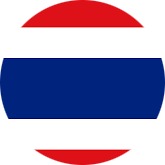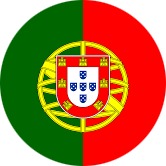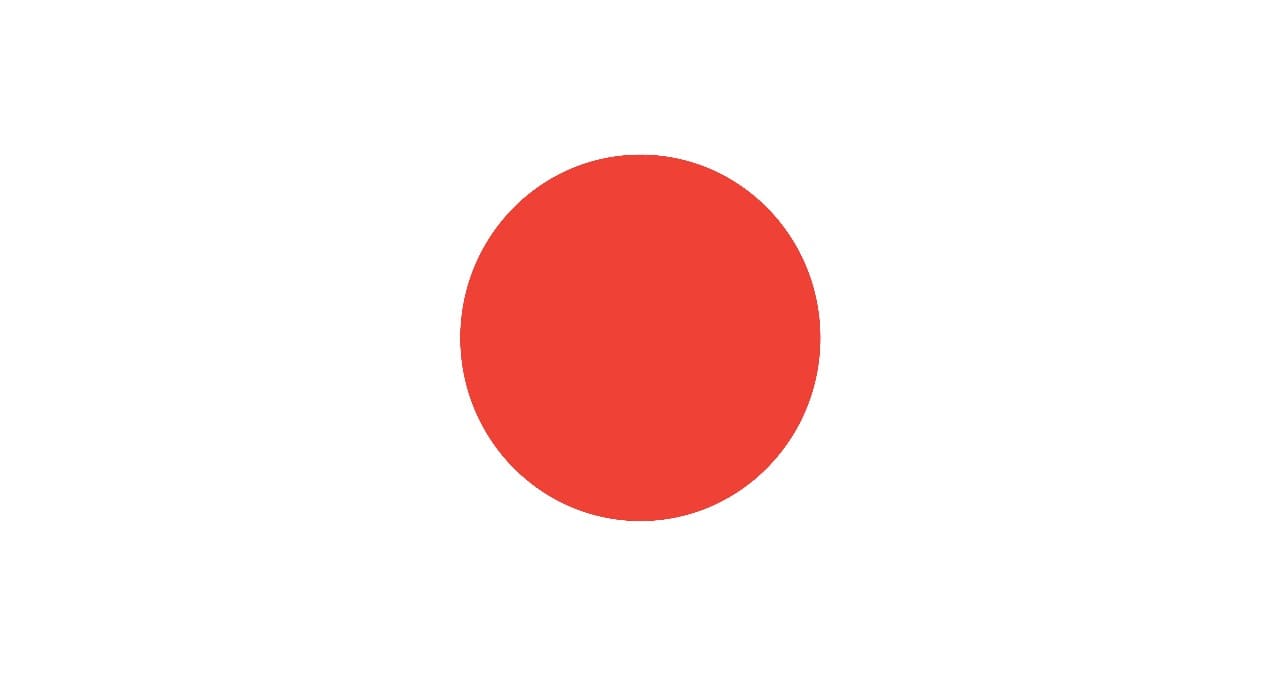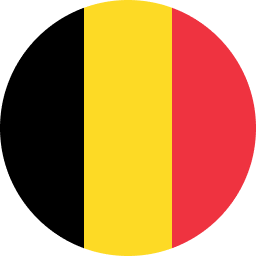PROGRAMME SUMMARY: -
Technical and Engineering Drawing” is a fundamental course of engineering technology, including two parts: basic theories and advanced practices. The first part will introduce the theory of projection and its application on drawings. The second part is to give students general experience in producing a variety of mechanical drawings.
An Engineering drawing is the scientific portrayal of an object, and according to several national and international standards of practice it can be understood by all, with the knowledge of basic principles of drawing. Machine drawing is the indispensable communicating medium employed in industries, to furnish all the information required for the manufacture and assembly of the components of a machine. People associated with engineering must be familiar with standards of engineering graphics as is expected in the industry. The module here explains the concept of Engineering drawing and its various usages in an industry.
An Introduction to Technical Drawing’ is an entry-level course on the fundamentals of technical drawing used in all forms of engineering such as electrical, industrial, mechanical and civil. It is a short briefing on the basics of drawing, the instruments involved and the proper use of dimensions. First, it explains the various types of engineering fields and their distinctions. It quickly moves onto what technical drawing is and the methods used to represent ideas and designs.
You will learn to distinguish between artistic expression and engineering drawing, and discover how large a role technical drawing plays in manufacturing and industry. You will examine the equipment needed to successfully proceed in this career.
OBJECTIVE:-
- Complete overview of technical drawings
- Bills of material, notes, and Information blocks
- Types of lines, dimensions, and dimensional tolerances
- Sectional and detail views
- Visualizing a part using an engineering print
- Orthographic projection
- Know the different types of technical drawings and diagrams
- Understand the standard engineering drawing formats
THE SCIENTIFIC CONTENT OF THE PROGRAM: -
- Modual (1): Introduction in Mechanical drawing:-
- Introduction
- Course Overview
- History of Engineering Drawing
- Role of Engineering Drawing in Engineering Design
- Standards and Conventions in Engineering Drawing.
- Modual (2): Orthographic Projection:-
- Introduction to Orthographic Projection
- Orthographic Projection Principles
- Multiview Projections
- Auxiliary Views
- Sectional Views.
- Modual (3): Dimensioning:-
- Introduction to Dimensioning
- Types of Dimensions
- Dimensioning Techniques
- Tolerances and Fits
- Geometric Dimensioning and Tolerancing (GD&T).
- Modual (4): Tolerances and Fits:-
- Introduction to Tolerances and Fits
- Types of Fits
- Limits and Fits
- Clearance, Interference, and Transition Fits.
- Modual (5): Standard Conventions:-
- Introduction to Standard Conventions
- Welding Symbols and Conventions
- Surface Roughness Symbols and Conventions
- Thread Symbols and Conventions
- Fastener Symbols and Conventions.
- Fastener Symbols and Conventions.
- Case studied and practical examples.
WHO SHOULD ATTEND :-
This training course is intended for Electrical and Mechanical Engineers, Professionals, Product Manufacturers, Inspectors, Machinists, Production Personnel.
Construction workers who are involved in the interpretation of mechanical engineering drawings.

























































